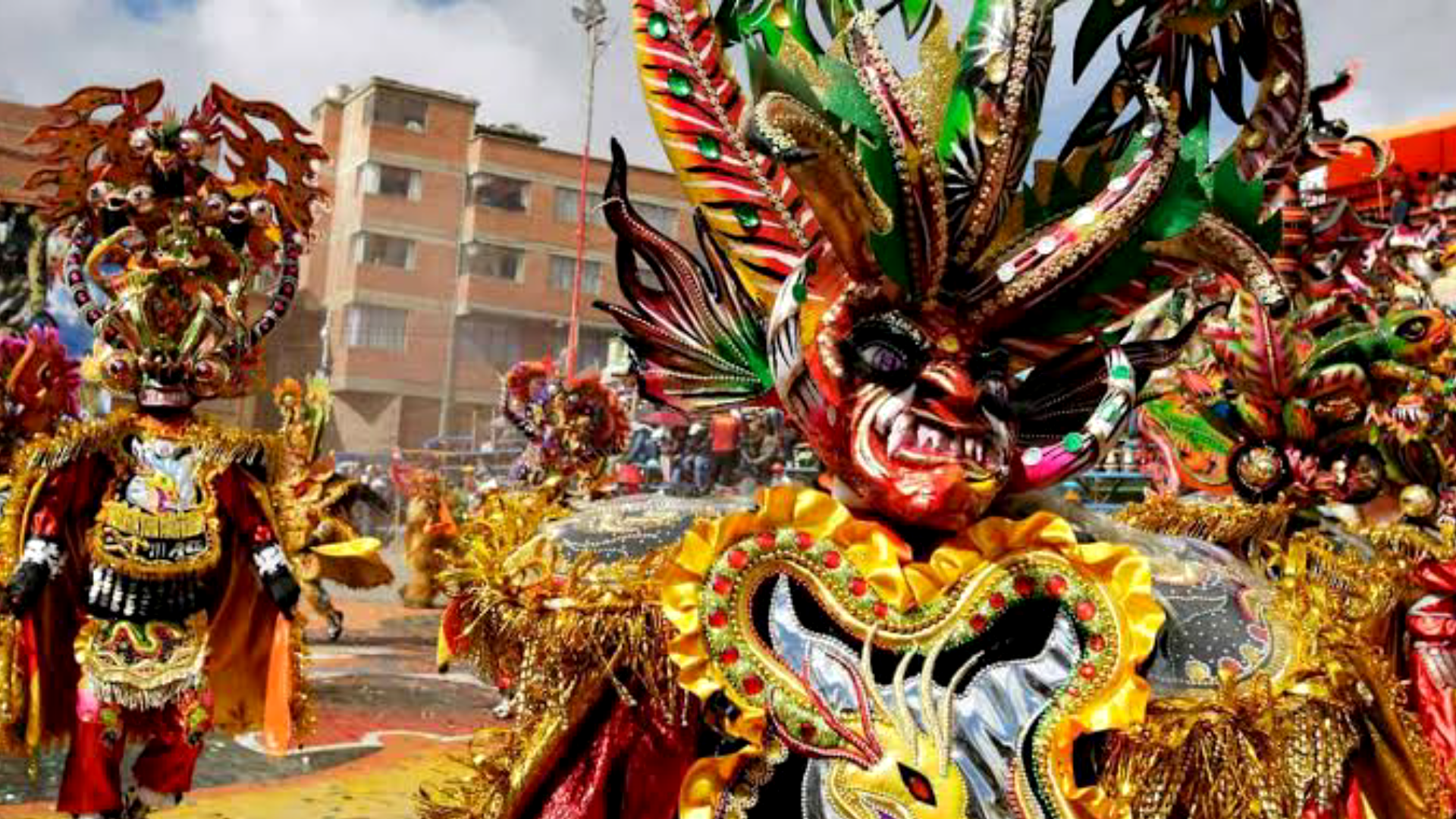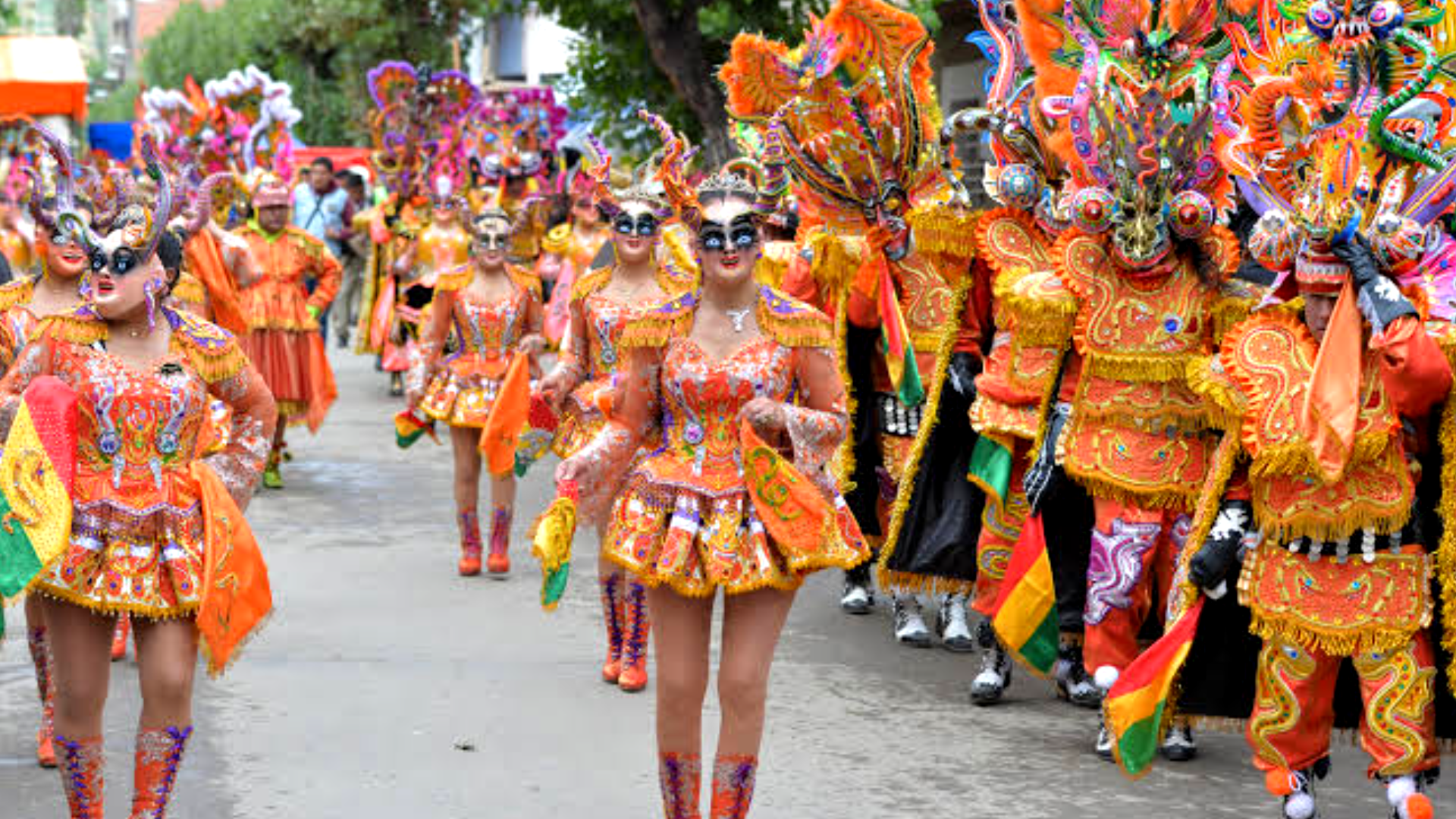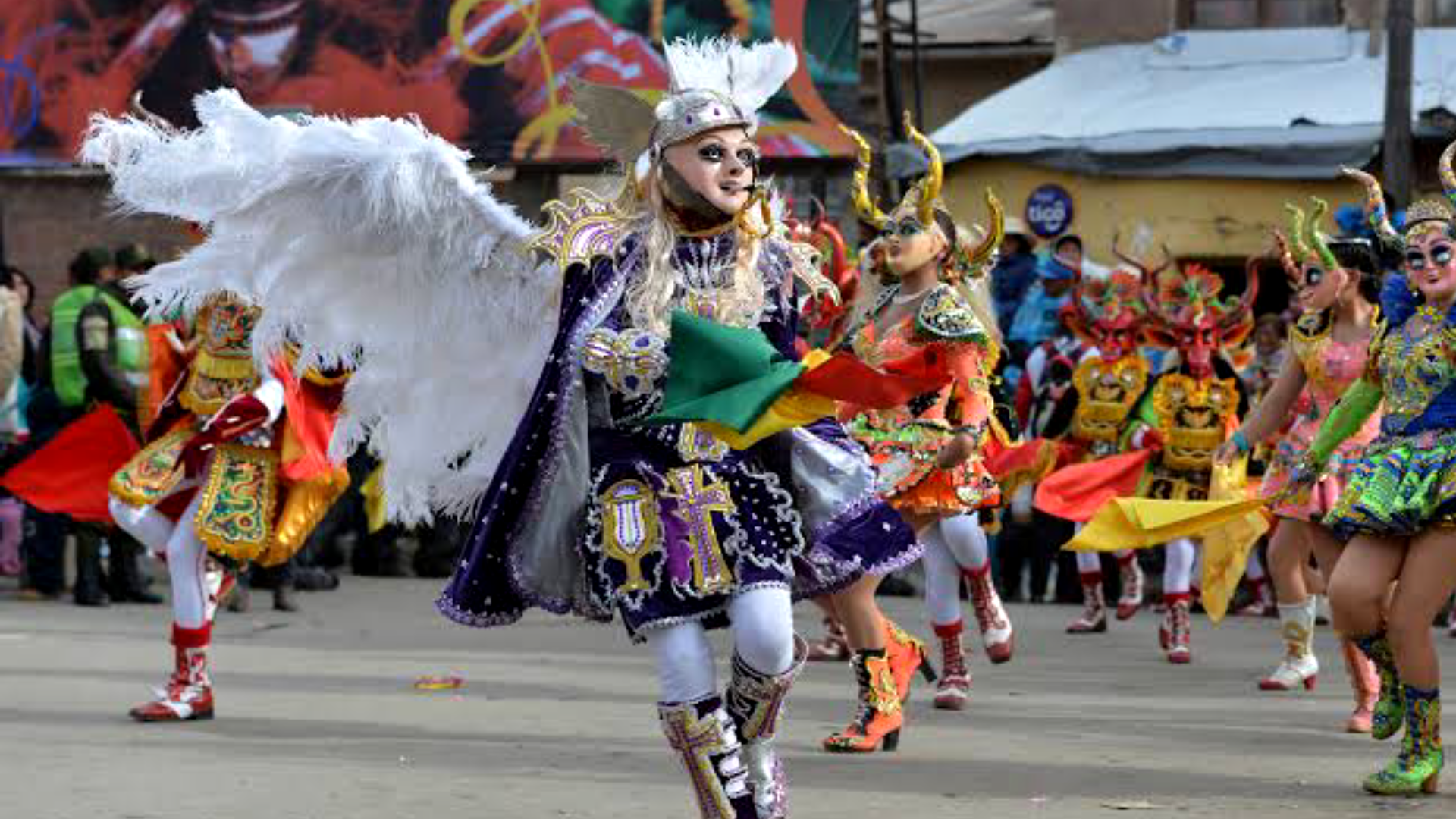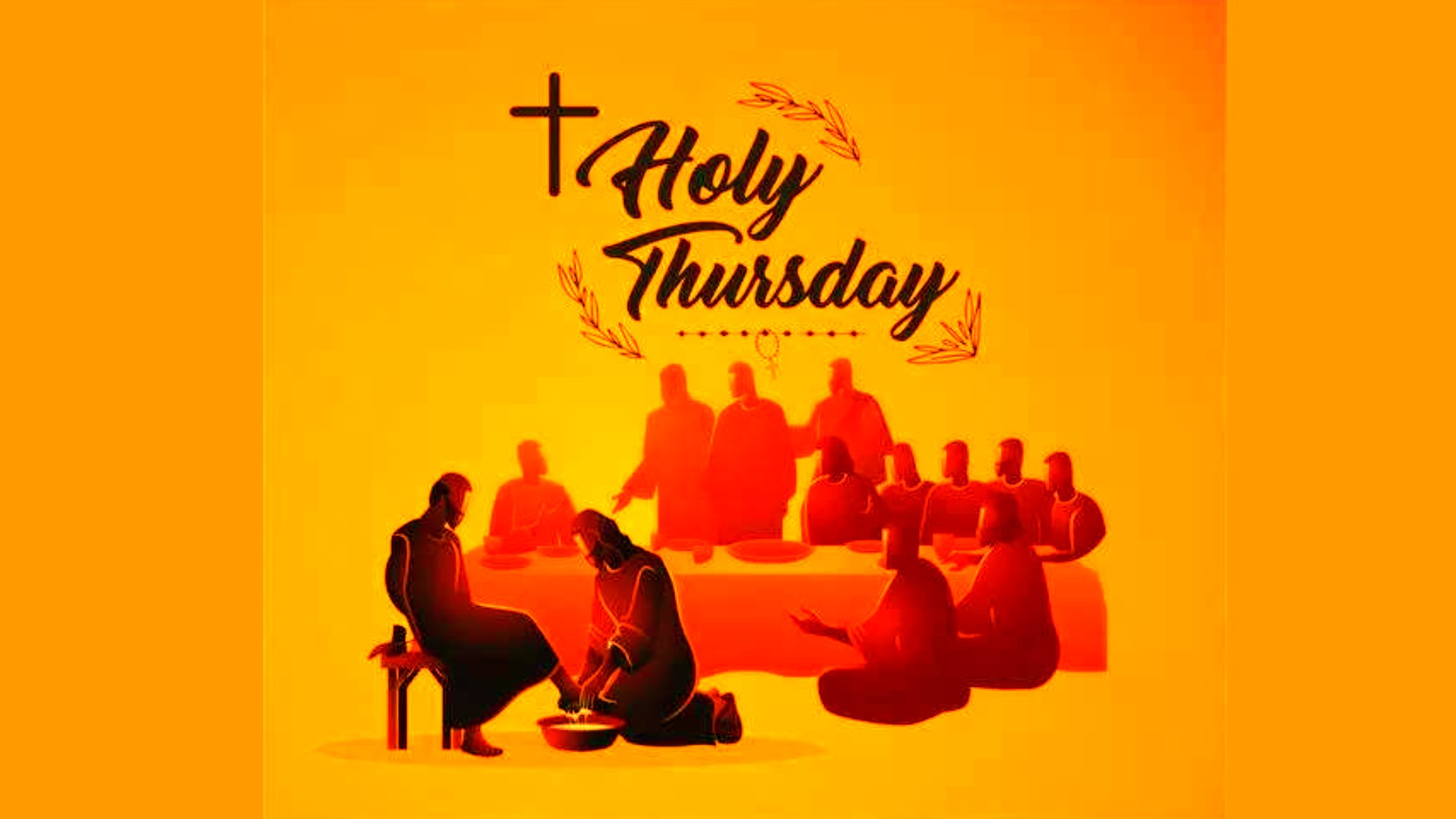Colors, Rhythms, and Tradition: Exploring the Magnificence of the Oruro Carnival in Bolivia
Colors, Rhythms, and Tradition: Exploring the Magnificence of the Oruro Carnival in Bolivia
The Oruro Carnival in Bolivia is one of the most vibrant and culturally rich celebrations in South America, showcasing the country's rich heritage and blending indigenous traditions with Catholic rituals. Spanning over several days, the carnival is a feast for the senses, featuring elaborate costumes, mesmerizing dances, and pulsating music.
The origins of the Oruro Carnival can be traced back to pre-Columbian times when indigenous communities in the region celebrated the arrival of the rainy season with rituals and festivities dedicated to their gods. With the arrival of Spanish colonizers, these pagan rituals were intertwined with Catholicism, giving birth to a unique fusion of indigenous and colonial traditions.
The main highlight of the Oruro Carnival is the Diablada, a dance-drama that depicts the eternal struggle between good and evil. Dancers adorned in elaborate costumes representing angels, demons, and mythical creatures parade through the streets of Oruro, captivating spectators with their intricate movements and colorful attire. The Diablada is believed to have originated in the mining communities of the Andes, where miners would perform the dance to seek protection from the devil while working in the treacherous mines.
Another key feature of the Oruro Carnival is the Morenada, a dance that pays homage to the African slaves who were brought to Bolivia during the colonial era. Dressed in ornate costumes adorned with feathers and sequins, performers enact scenes of slavery and liberation, celebrating the resilience and cultural heritage of Afro-Bolivian communities.
Throughout the carnival, the streets of Oruro come alive with the sounds of traditional music, including the distinctive rhythms of the sikuri, a type of Andean wind instrument, and the booming beats of brass bands. Spectators are swept away by the infectious energy of the music, joining in the festivities with dance and song.
The Oruro Carnival also features a procession dedicated to the Virgin of Socavón, the patron saint of miners. Pilgrims from all over Bolivia flock to Oruro to pay their respects to the Virgin, carrying ornately decorated statues and offering prayers for blessings and protection. The procession is a solemn yet joyous affair, reflecting the deep-rooted religious beliefs of the Bolivian people.
In addition to the traditional dances and processions, the Oruro Carnival also includes modern elements such as beauty pageants, fireworks displays, and street food festivals. Visitors can sample an array of delicious Bolivian dishes, from savory empanadas to sweet api, a traditional drink made from purple corn.
The Oruro Carnival is not only a celebration of Bolivia's cultural heritage but also a testament to the resilience and creativity of its people. Despite facing challenges such as poverty and political instability, Bolivians continue to come together each year to honor their traditions and celebrate their identity.
As the carnival draws to a close, with the ceremonial burial of the devil symbolizing the triumph of good over evil, participants and spectators alike are left with lasting memories of an unforgettable celebration. The Oruro Carnival is more than just a festival; it is a symbol of Bolivia's vibrant spirit and its enduring commitment to preserving its rich cultural legacy for generations to come.

















Post a Comment